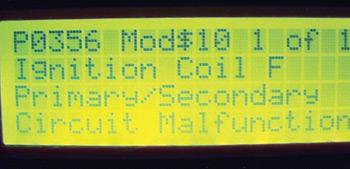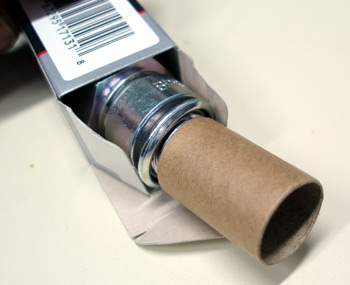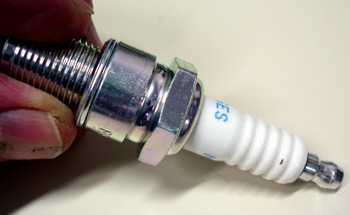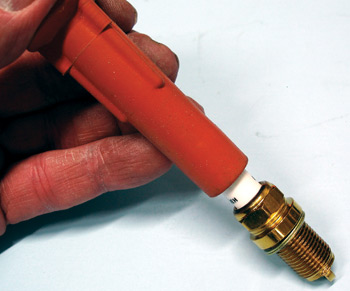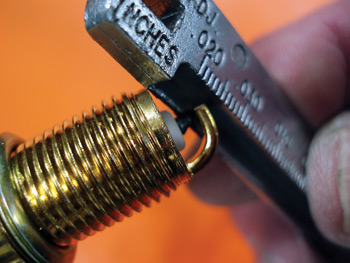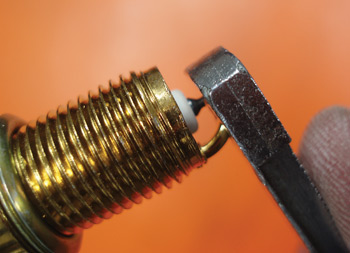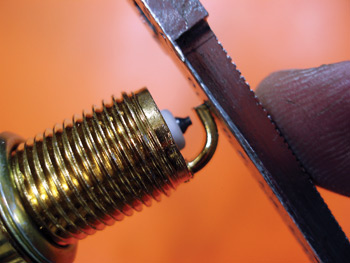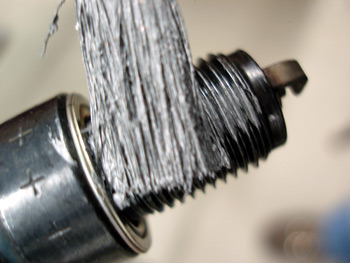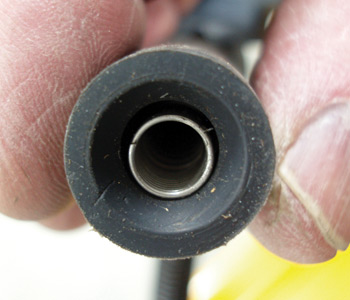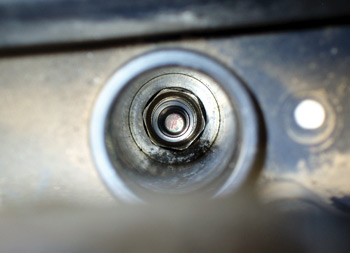air/fuel ratios caused by leaking fuel pressure regulators and other fuel control issues can also cause general misfires on other vehicles. Freeze-frame data obtained by a scan tool can be used to determine the conditions under which a general misfire has occurred.
In these cases, short- and long-term fuel trim numbers can be used to help diagnose a general misfire condition. If the PCM is adding fuel at idle, or if the fuel trim is adding fuel to one cylinder bank, suspect a vacuum leak. If the fuel trim is subtracting fuel, suspect a leaking fuel pressure regulator, fuel-contaminated crankcase oil, or other component failure that introduces excess fuel into the cylinders.
If, during a road-speed test, the fuel trim numbers exceed 10% positive, the PCM is compensating for a failure or set of failures that are causing a lean fuel condition. Here again, any condition or failure that causes a loss of fuel pressure or incorrect metering of engine intake air can also cause a general misfire condition. Keep in mind that a contaminated hot-wire MAF sensor often causes an engine to run rich at idle and lean at high speeds.
UNUSUAL MISFIRE PROBLEMS
When diagnosing a misfire problem, remember that the PCM is actually looking for a momentary deceleration in the rotating crankshaft assembly. To illustrate, I’ve had a sunflower seed shell caught in a MAF sensor cause a general misfire. If the shell turned edgewise, the engine ran great. If the vehicle hit a bump, the shell would turn sidewise and block the airflow through the MAF sensor and cause the air/fuel mixture to go lean, which created multiple misfire codes.
In another case, I had a brand-new CKP sensor indicate misfires at road speed as fast as the PCM could count them. Last, worn valve seats and guides can create an intermittent misfire condition by causing an intermittent loss of compression.
Other unusual issues that have been reported to me are heavy lap splices in serpentine belts and vapor bubbles forming in single-line fuel systems that eventually cause random fuel injector misfires. Last, but not least, are the efforts of some amateur techs causing a misfire by replacing the dual-electrode plug used on some Toyota engines with single-electrode spark plugs.
In other cases, substituting a plated, long-life spark plug with a non-plated, steel-shell spark plug will cause a misfire due to the less efficient electrode configuration and considerably shorter service life of the cheaper spark plug.
To prevent the MIL from illuminating due to a P0300-series misfire, it’s always best to replace ignition parts at specified intervals with OE or OE-equivalent parts. Always allow an engine to cool before removing the spark plugs. When replacing a seized spark plug, soak the threads with high-quality penetrant and alternately tighten and loosen the spark plug in about 1/8-turn increments until it turns free. Thoroughly clean the spark plug seating area.
Last, tighten the new spark plugs to the manufacturer’s recommendation and apply a small amount of dielectric grease to the inside of the coil or wire boot before installation.
